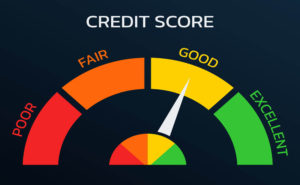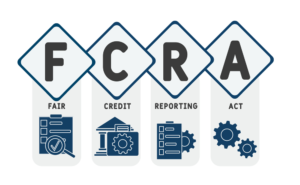What Is a Consumer Credit Report and How Can I Read It?
Consumer credit report documents your transactions managing debts and depicts your financial standing. Understanding how to read a credit report gives you a better insight into your overall earnings and expenses.
The credit report is a statistical representation of consumer borrowing debts using lines of credit and loans and how responsibly they repay the borrowed money. It is assessed by lenders and creditors when deciding whether you are a good or bad credit risk. A credit scoring model calculates the three-digit credit score by evaluating your credit report history.
Table of Contents
How Can I Get My Credit Report?
Your consumer credit report can be acquired free of cost from the three major credit bureaus; Experian, Equifax, TransUnion, or AnnualCreditReport.com.
How to Read Consumer Credit Report
There may be slight changes in how each credit reporting bureau arranges your information, but they all provide correct details under the following five categories.
1. Personal Information
This includes your name, social security number, and date of birth. It also includes your house address and contact information like your email address or phone number.
2. Keep an Eye Out For Typos and Incorrect Identity Details
Review your consumer credit report to ensure that all information in it is accurately stated. Any incorrect entries, such as a misspelled name, indicate that your report has been mistaken for someone else’s.
3. Employment History
Current and past employers are included in your consumer credit report under the personal information section as an additional identity verification process. Make sure you are familiar with all the employers listed in the report.
4. Credit History
This is the most important section of the consumer credit report as your FICO score is calculated using the information in this section, such as debt percentage, length of credit history, types of credit, and new lines of credit. Making timely payments will increase your credit score and reflect well on your credit history as it determines 35% of your credit score.
Your consumer credit report history includes the following elements:
- Current accounts and those that have been inactive for the past seven to ten years. These include joint accounts, individual accounts, revolving credit accounts, lines of credit, and the different types of loans and mortgages.
- History of payment which depicts whether or not regular and timely payments were made.
- The current balance showed the balance when the lender reported to the bureau, and the highest balance was reached on the account.
- List of lenders and creditors.
- Amount of loan borrowed and assigned credit limit.
- Status of the account. For instance, paid, foreclosure, refinanced, or transferred.
Some accounts still appear in your credit history after you’ve closed them or paid off a debt. Negative entries in your consumer credit report are; delayed payments, charge-offs, and delinquent loans, which can stay on your record for up to seven years. Details regarding closed or inactive accounts in good standing disappear from your report after ten years.
Make sure to dispute any erroneous or suspicious entries in your consumer credit report so that your credit score and credit history may not be harmed.
5. Public Records
Debt-related public records are included in your reports, such as repossessions, bankruptcies, and foreclosures. They stay on your credit history for about seven to ten years.
Hard and Soft Credit Inquiries
Inquiries and checks by creditors appear on your credit report if and when you apply for new lines of credit. According to the Consumer Financial Protection Bureau, these are classified as hard inquiries which impact your credit report and scores since they indicate how regularly you apply for new debts. Recent hard inquiries are counted in a creditor’s decision-making as it indicates that a recent debt has been added to your account.
A review of your credit report, creditors evaluating current accounts, and potential lenders pre-screening your report are known as soft inquiries on your report. As claimed by the CFPB, these inquiries do not have an impact on your score.
Why Are Credit Reports Important?
Credit scores and details in your credit report directly affect lenders’ decisions to issue you a loan or new line of credit, but this isn’t the only reason to attain a good credit score. A low credit score will make you a bad credit risk in the eyes of insurance companies, employers, and landlords, which means paying a high-security deposit and less for auto insurance.
Due to the significant connection between credit score and credit report, creditors usually prioritize them while reviewing credit and loan applications. Every lender has their set standard of a minimum or cut-off credit score and will not prefer to do business with candidates whose scores are below a specified range.
The Bottom Line
Comprehending what is stated in your credit report helps with knowing your current financial standing and building up your credit score. It is advised to frequently review your credit reports to fix any errors, incorrect entries, identity theft, and fraudulent activities. Understanding how to read a credit report gives you a better insight into financial information in order to make well-informed decisions about your life.






